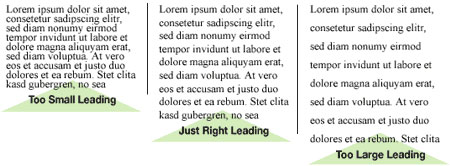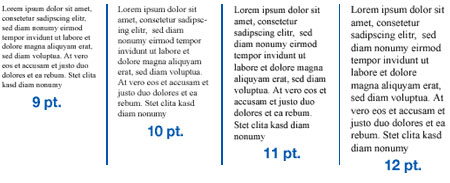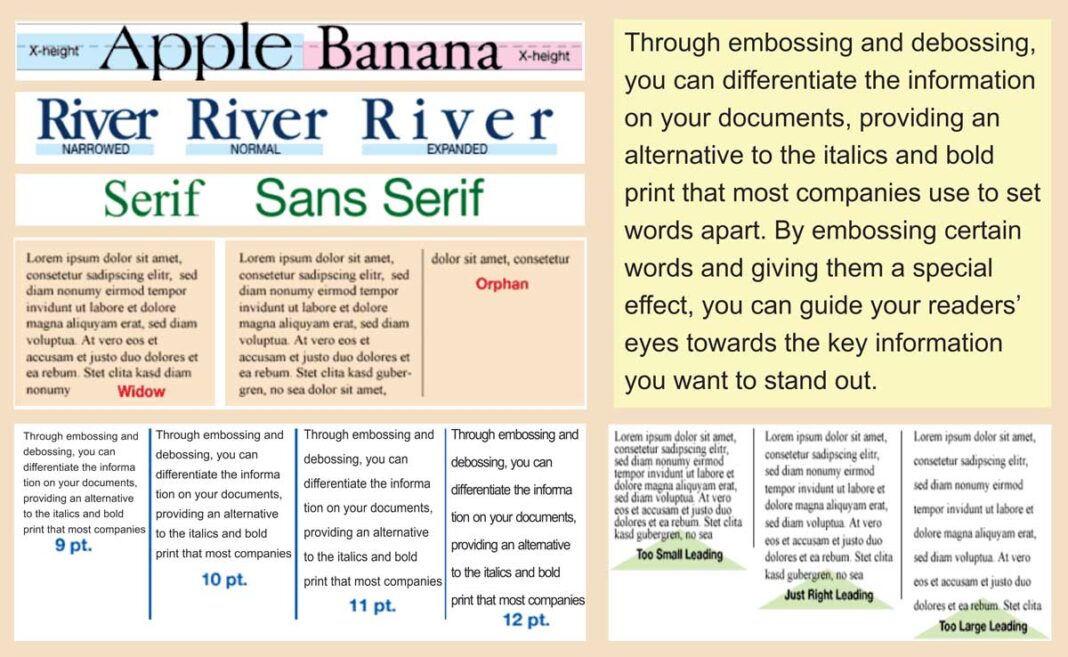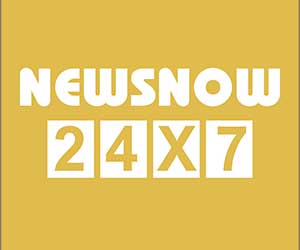Tips for Choosing a Readable Type
You’ve worked hard to create just the right look for your client’s newsletter. But will your masterpiece also be easy to read(readable)? Balancing beauty with readability can be challenging. Here are some areas to keep in mind as you choose a typeface and layout the text on your next project:
X-height. X-height refers to the size of a lowercase x in a given typeface. The larger the x-height, the denser the type will appear on the page, and the less readable it will tend to be.

Tracking. Tracking refers to character spacing. Any variation from normal tracking (narrowed or expanded text) can have an adverse effect on readability.

Serif vs. sans serif. Research shows that serif fonts are more readable than sans serif fonts for large areas of body text. This may be due to the serifs’ ability to lead the eye from one character to the next. On the other hand, typefaces with serifs that are too pronounced can have the opposite effect. Also, sans serif fonts tend to be more readable than their serif counterparts in smaller point sizes, such as those used for footnotes or fine print.

Line length. Shorter lines of text tend to be more readable than longer lines. However, lines that are too short may also prove difficult to read. Experts suggest setting line length at approximately 39 characters, or two times your point size, converted into picas (e.g. 2 x 10pt =20 picas or 3 1/3 inches). Experiment with both of these options to see which works better for you.

Leading. The leading, or space between each line of text, can also affect readability. In general, leading that is 2-3 points larger than the typeface enhances readability. Leading that is too much larger or smaller than that, however, can make the type more difficult to read.

Widows and orphans. Widows occur when the final line of a paragraph contains just a single word. Orphans are paragraphs that carry over just a single line from one column to the next. Both are visually distracting, unattractive, and reduce the readability of a page.

Point size. Body text is generally set at 9-12 points in size. This can vary, however, depending on the typeface and purpose involved, so make adjustments accordingly.



